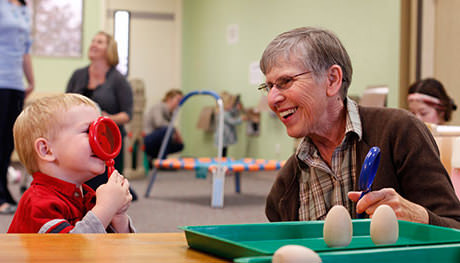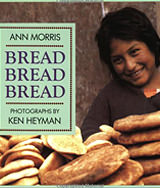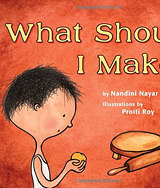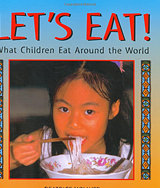Children see the world quite differently than we do. The world is new to them. They are experiencing so many "firsts" and trying to make sense of them. When we seek out their points of view, we gain valuable insights into their thinking, their questions, their fears, and the things that tickle their fancy and delight them. Take time to listen and watch closely. Let their perspectives inform everything you do in your day-to-day practice.

A child may have to try a new food as many as 15 times before he or she accepts it. This is true even for foods that are very familiar to adults and common in our culture. What happens then when a child encounters food that is unfamiliar and from another culture?
When Bong Hwan was four years old, his family moved to the United States. After several months, his parents enrolled Bong Hwan in a preschool nearby. He was nervous when the first day of preschool came, but also very excited. Bong Hwan was bored with just his big sister to play with, that is, when she would play with him. He knew that a new school meant new friends!
Bong Hwan's mother asked him what he wanted her to pack in his lunchbox. Of course he said his favorite food — kimbap. Kimbap is a rice roll wrapped in seaweed, with lots of delicious bits of meat, vegetables, and egg in the center. It is a common picnic food from his culture. Listen to the lunchtime conversation between Bong Hwan and his new friend Jason.
Jason: "Hey, what's that?" Jason points to the kimpab in Bong Hwan's plastic container.
Bong Hwan: "Kimbap. Wanna try?"
Jason: "What's this black stuff?"
Bong Hwan: "Seaweed."
Jason: "Seaweed?! Yuck! My legs got caught in seaweed last summer at the beach. And you eat that?"
Bong Hwan closed his container and drinks only his milk for lunch.
Use this template to record your observations, thoughts, and feelings. Download the Template
Deepen your understanding of the Topics: Food choices and habits and Child and family engagement in Performance Area 3 in the CA ECE Competencies. Scroll to page 82.
Can you find other places in this competency area that address these questions?

Look for children's books on food, family and culture in your bookstore or local library. Here are a few suggestions to get you started:

What kind of bread do you eat? A bagel? A tortilla? A baguette? All over the world, wherever there are human beings, someone is eating bread. Ann Morris's simple text and Ken Heyman's dazzling full-color photographs reveal for young readers how people eat — and how people live — the world over.

What Should I Make? is a playful story about a child's imagination and the satisfaction that comes from cooking with his mother. Neeraj's mother is making chapatis and she's given him a handful of the dough. What should he make with it? A snake? A mouse? A cat? But what if his creations come to life? "Roll it up, quick!" says his mother. Roll it, he does, and makes a big round chapati — hot, light, and puffy after it's cooked, perfect for snacking.

What we eat says a lot about who we are and where we come from. The five children in this book live in very different countries, and they each have their own ideas about what tastes good. But they have lots in common, too: they all go food shopping and help with the cooking, share mealtimes with their families, eat special foods to celebrate, and have things they love to eat and things they definitely don't.